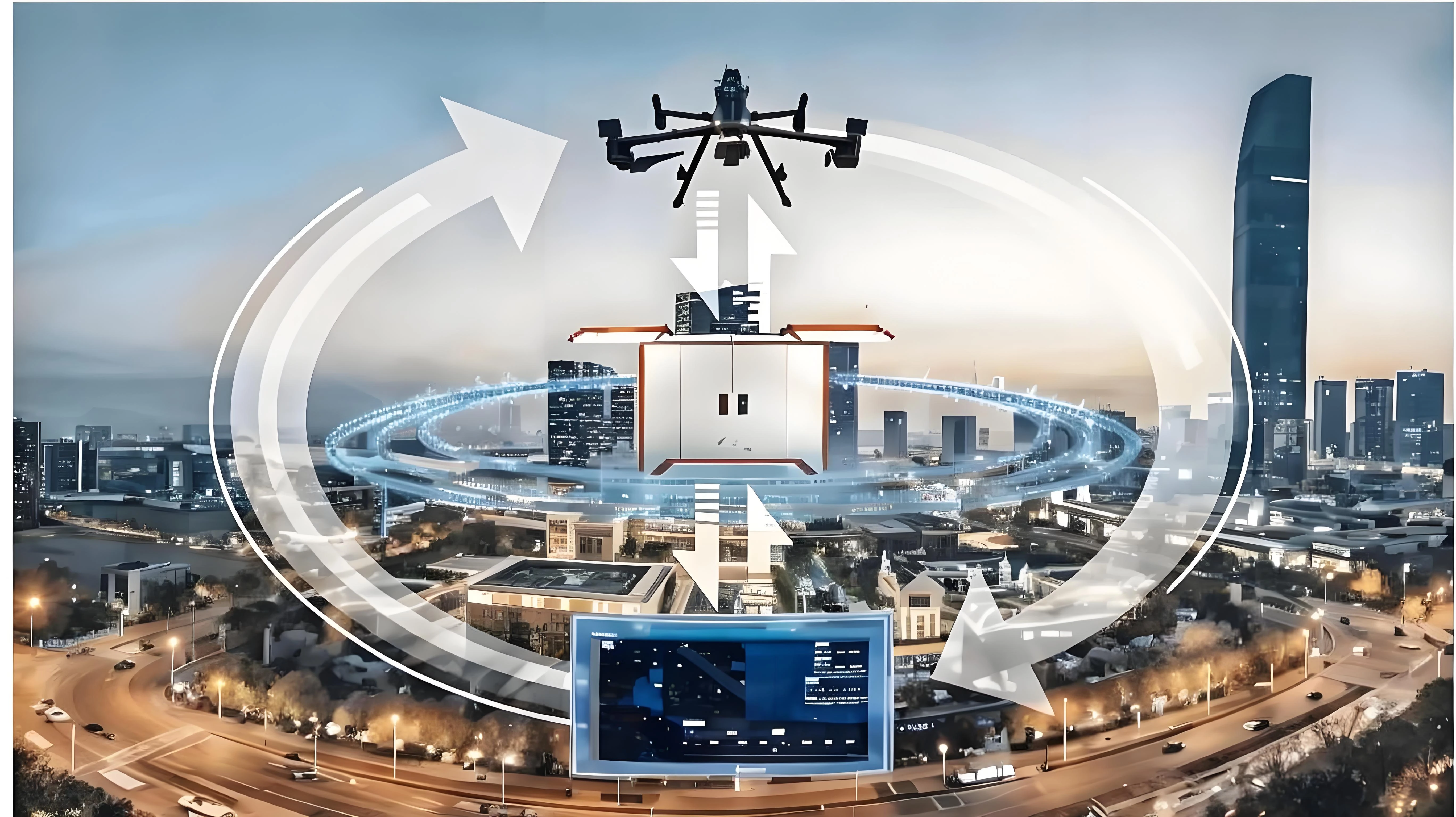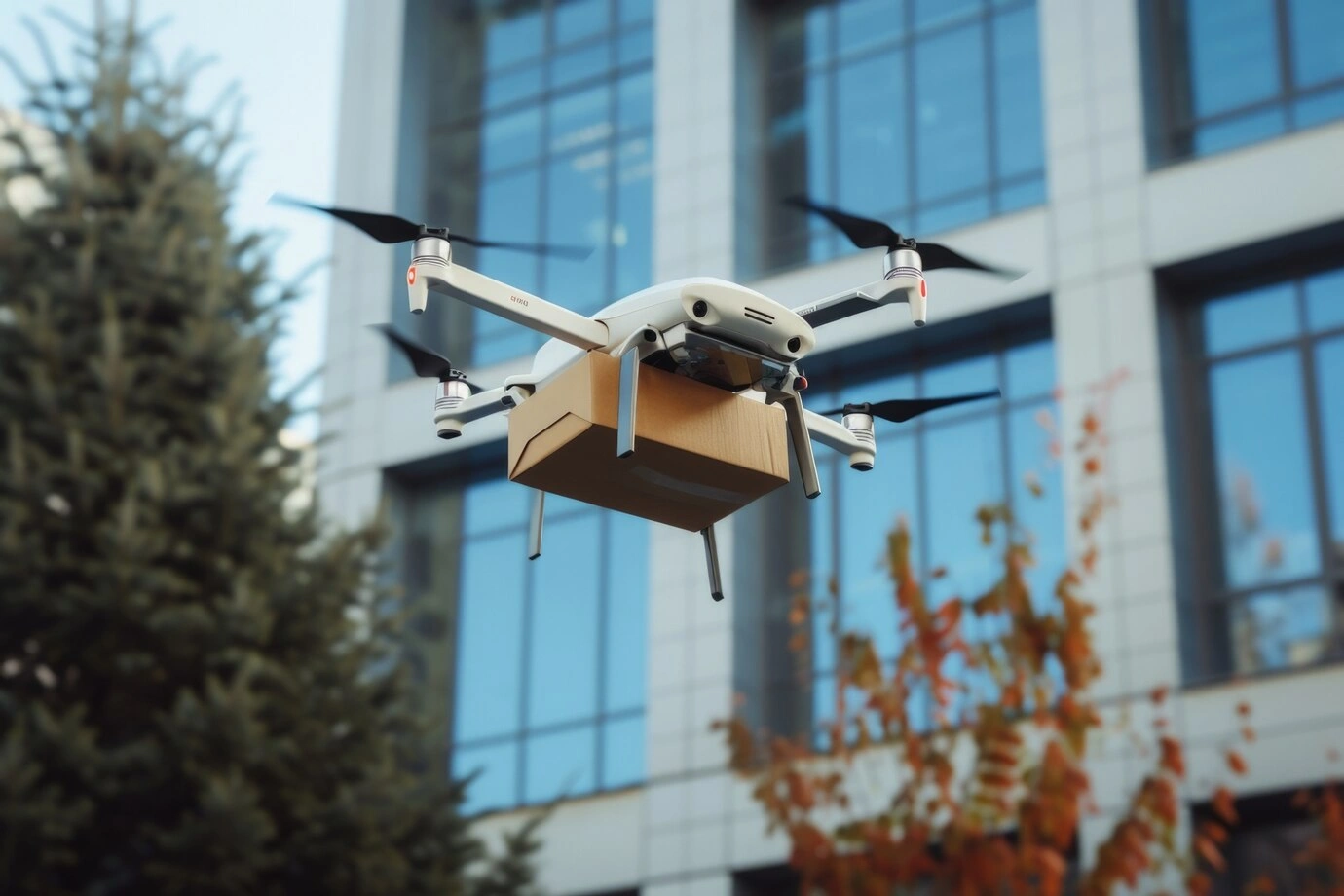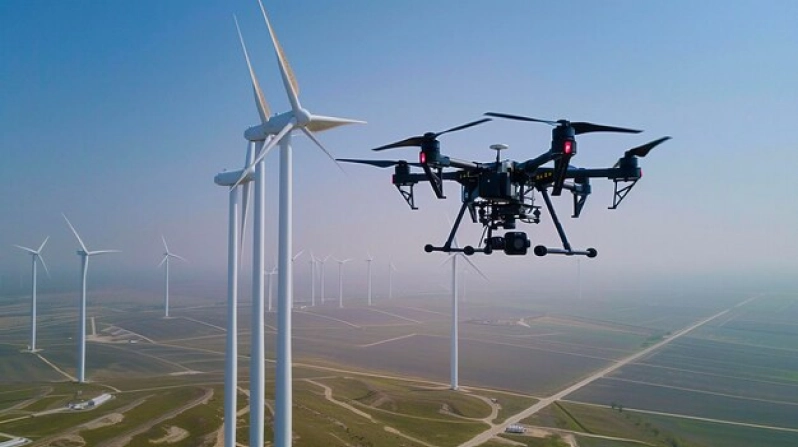In the fast-paced and competitive world of product packaging, standing out on the shelves is no easy feat. Traditional design methods, while still valuable, are increasingly being complemented—and in some cases, revolutionized—by advancements in artificial intelligence (AI). Whether you’re a product manager, brand strategist, or packaging designer, leveraging AI can offer you a competitive edge. In this post, we’ll explore how AI is transforming product packaging design, from conceptualization to execution, and why embracing this technology could be your next big move.
The Power of AI in Packaging Design
AI brings a multitude of capabilities to the table, automating tedious tasks, optimizing design workflows, and uncovering deeper consumer insights. Here’s how AI is making waves in product packaging:
1. Enhanced Creativity and Innovation
AI-driven design tools can analyze thousands of existing designs to generate new concepts that are both innovative and effective. These tools can assist designers by:
- Generating Multiple Design Options: AI can quickly create numerous design variations, providing a broader range of options to choose from.
- Design Optimization: By analyzing consumer preferences and market trends, AI can suggest design alterations that would likely perform better in the market.
- Style Consistency: Ensuring that all packaging designs maintain a consistent style aligned with brand guidelines.
2. Data-Driven Design Decisions
AI excels at sifting through vast amounts of data and identifying patterns that may not be immediately obvious to humans. This capability is invaluable in packaging design for:
- Consumer Insights: AI can analyze consumer behavior data, helping you understand what packaging features resonate most with your target audience.
- Trend Analysis: By monitoring social media, reviews, and other data sources, AI can identify emerging trends, allowing you to stay ahead of the curve.
- Predictive Analytics: AI can forecast how different design elements might influence purchasing decisions, enabling more informed design choices.
3. Speed and Efficiency
The design process can be notoriously time-consuming. AI can streamline various stages of packaging design, from initial concepts to final approval:
- Automated Mockups: Tools like Adobe’s Sensei can generate near-instantaneous 3D mockups, allowing designers to visualize the final product quickly.
- Real-time Feedback: AI can provide instant feedback and suggest improvements, reducing the need for multiple rounds of revisions.
- Faster Prototyping: AI can expedite the prototyping phase by quickly iterating designs based on predefined criteria and past data.
4. Sustainability and Cost-Effectiveness
As sustainability becomes increasingly important to consumers, AI can help companies design more eco-friendly packaging:
- Material Optimization: AI can suggest alternative materials that are more sustainable yet cost-effective.
- Waste Reduction: By optimizing the design and layout, AI can minimize material waste during the production process.
- Lifecycle Analysis: AI can assess the environmental impact of various packaging materials over their lifecycle, helping companies make more sustainable choices.
Real-World Applications and Case Studies
Several companies have already begun leveraging AI to revolutionize their packaging design processes. Here are a few notable examples:
Coca-Cola’s AI-Driven Labels
Coca-Cola used AI to generate millions of unique label designs for its “Share a Coke” campaign. This initiative not only personalized the consumer experience but also generated significant buzz and increased sales.
Nutella’s Limited-Edition Jars
Ferrero utilized AI to create seven million unique Nutella jar designs, each featuring a different pattern. This innovative approach not only highlighted the brand’s creativity but also made each product feel special to consumers.
Nestlé’s Sustainable Packaging
Nestlé employs AI to optimize its packaging for sustainability. By using AI to analyze various materials and design configurations, Nestlé has been able to reduce its environmental footprint significantly.
How to Implement AI in Your Packaging Design Process
Implementing AI into your packaging design process doesn’t have to be daunting. Here are some actionable steps to get started:
1. Identify Your Goals and Needs
Determine what you want to achieve with AI—whether it’s improving design efficiency, enhancing creativity, making data-driven decisions, or all of the above.
2. Choose the Right Tools
There are various AI tools available for packaging design, such as:
- Adobe Sensei: For creative design and real-time feedback.
- Pentagon: For optimizing packaging lifecycle and sustainability.
- Marketer’s AI: For consumer insights and trend analysis.
3. Train Your Team
Ensure that your design team is well-versed in using AI tools. This may involve training sessions, workshops, or partnering with AI experts.
4. Monitor and Iterate
AI is not a one-and-done solution. Continuously monitor the performance of your designs and make iterative improvements based on AI-generated insights.
Conclusion
The integration of AI in product packaging design is not just a trend; it’s a paradigm shift that offers tangible benefits in creativity, efficiency, sustainability, and consumer engagement. As AI technology continues to evolve, its applications in packaging design will only become more sophisticated and impactful.
Don’t get left behind. Embrace AI today and start transforming your packaging design process.




